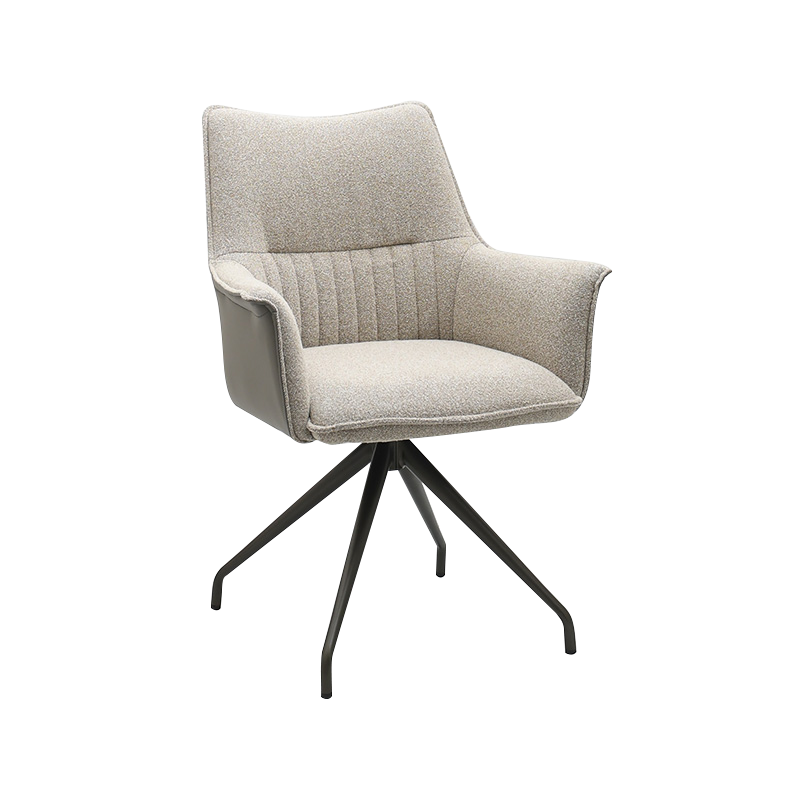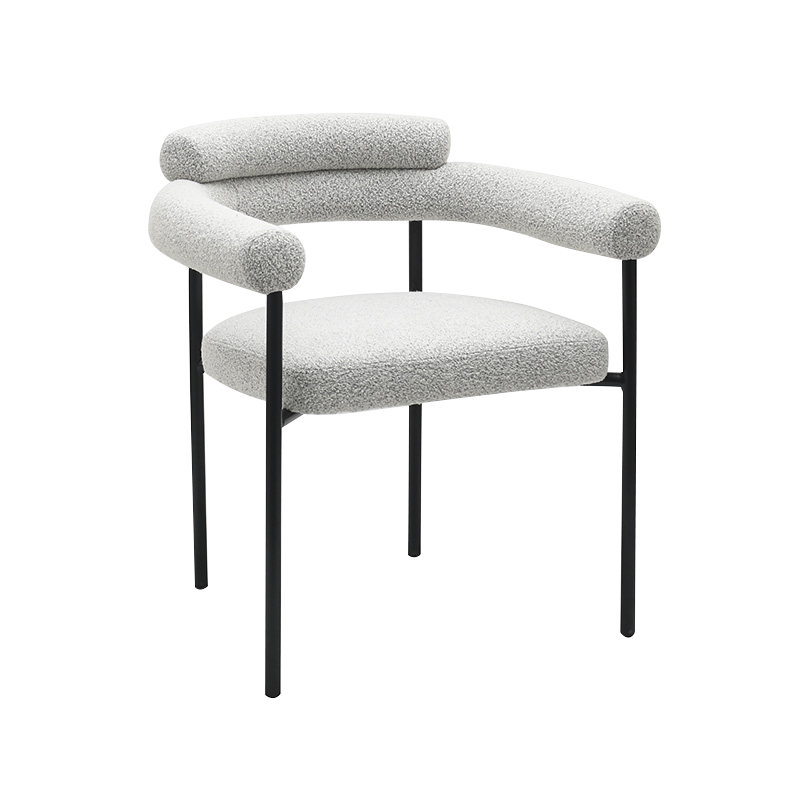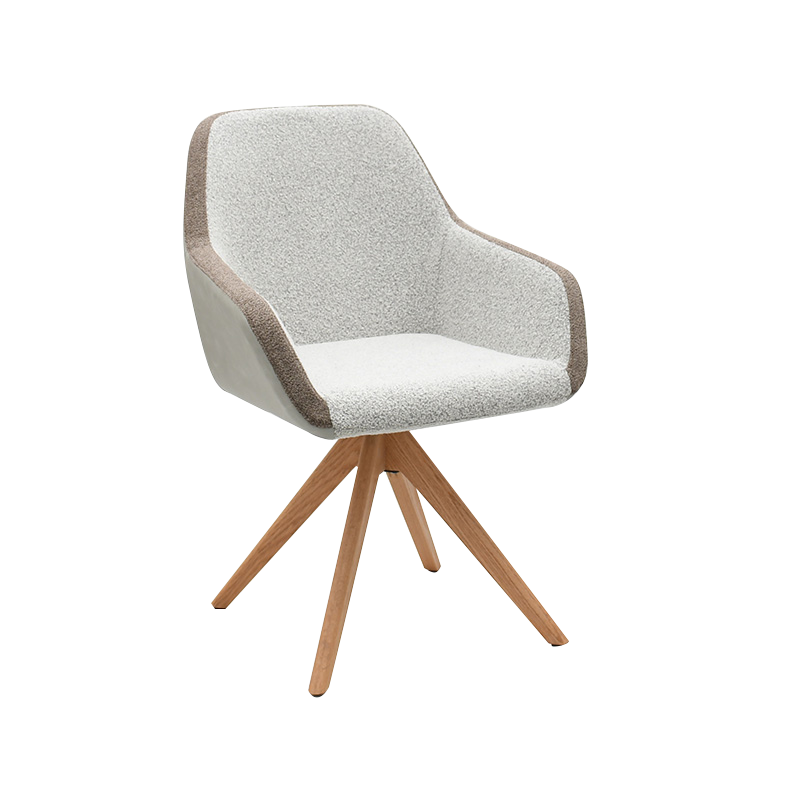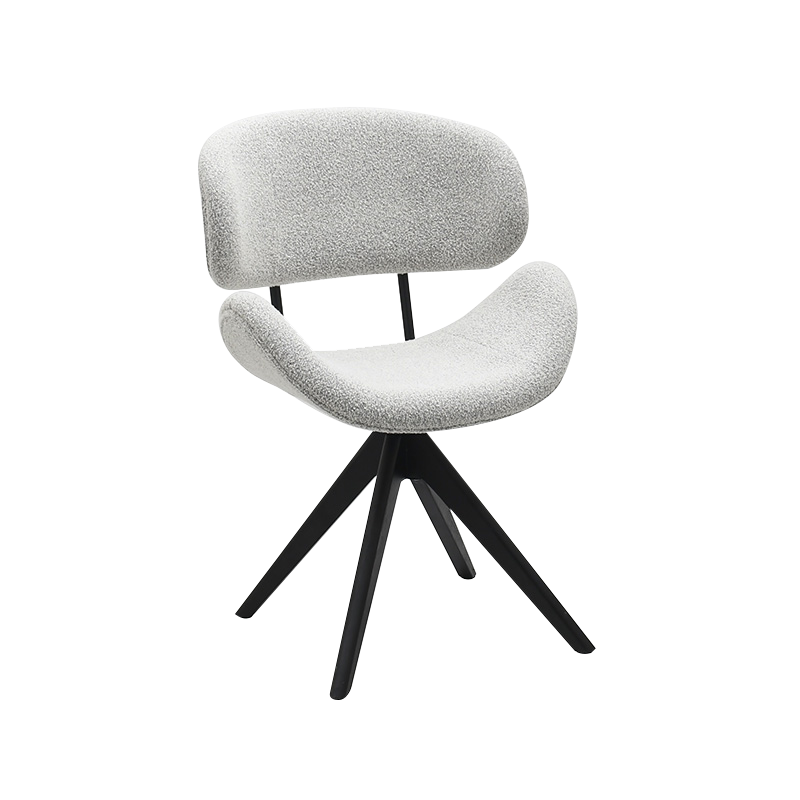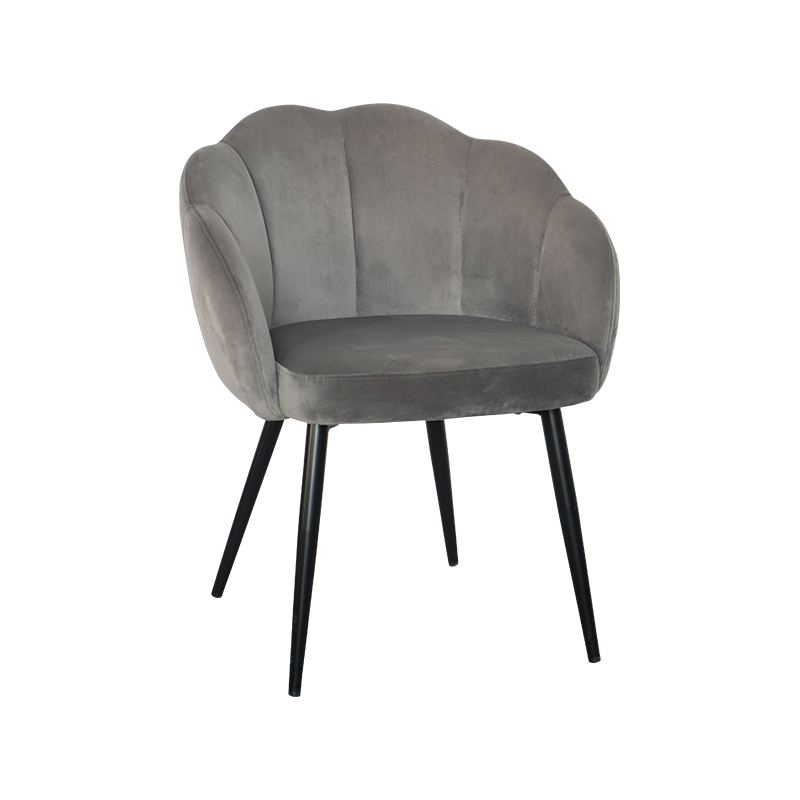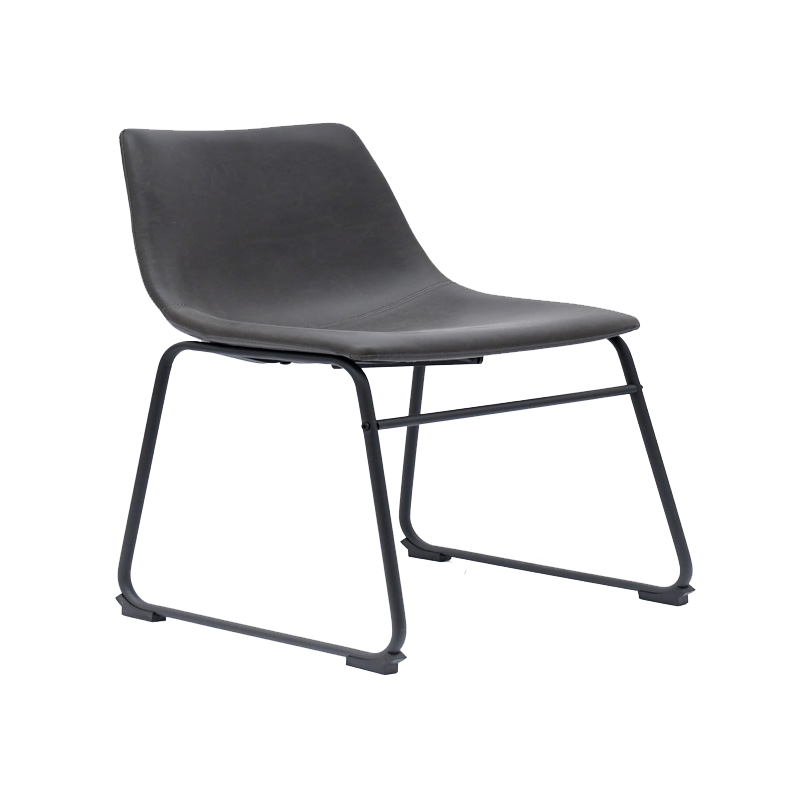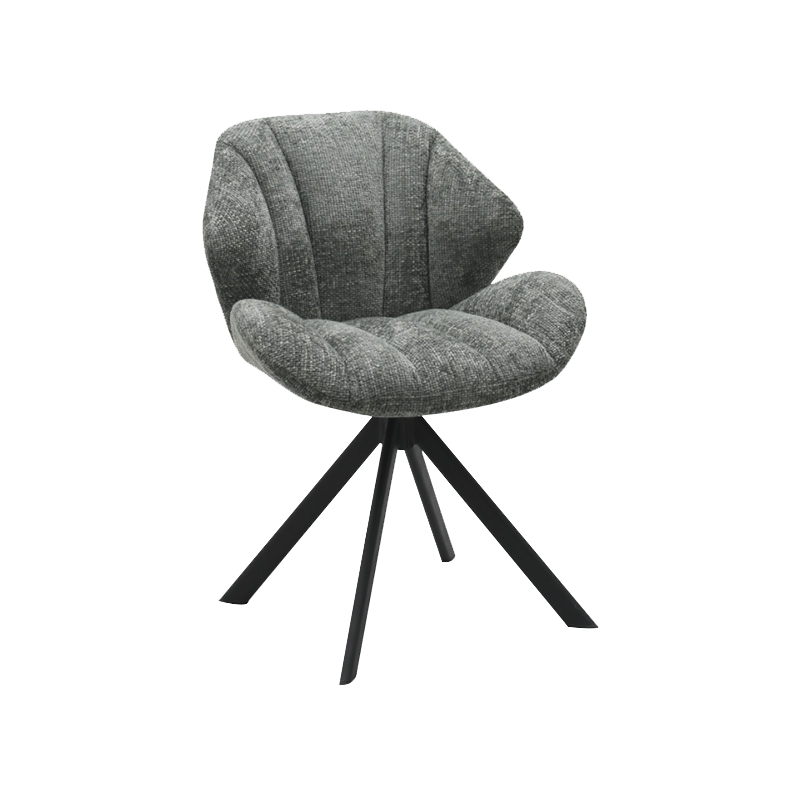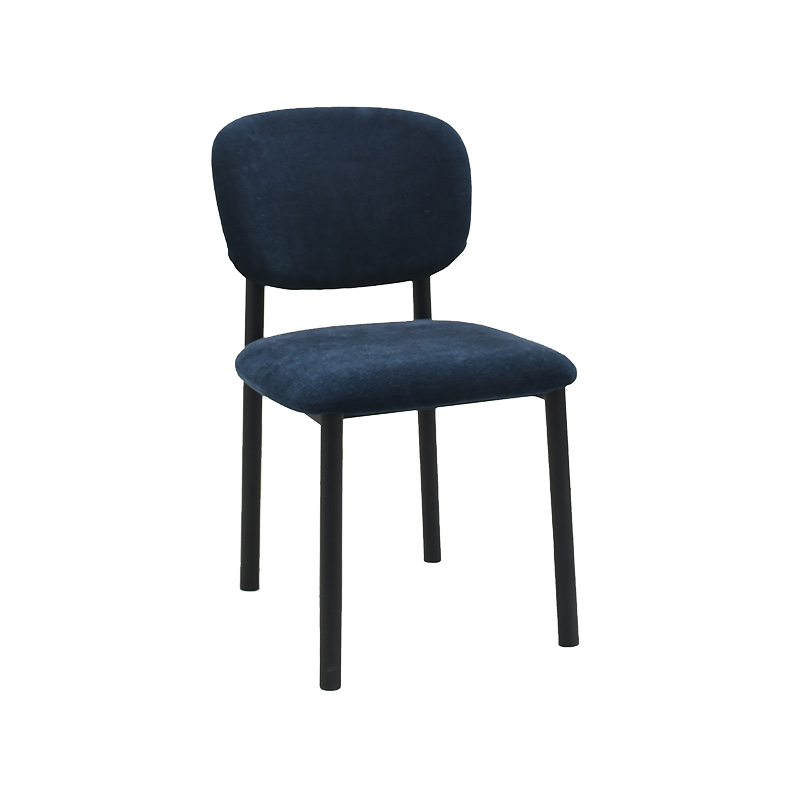In the long history of human civilization, furniture, as an indispensable part of daily life, not only carries practical functions, but also integrates rich cultural and aesthetic connotations. Among them, furniture chairs, as an important branch of furniture, its historical evolution, design aesthetics, material selection and manufacturing process all demonstrate the crystallization of human wisdom.
Since ancient times, the form and function of chairs have been evolving with the development of human civilization. As the prototype of chairs, the folding stools in ancient Egypt were simple and practical in design, marking that humans began to pay attention to the comfort of sitting posture. The Cline chair in ancient Greece and the Cribbs chair in ancient Rome further reflected the initial exploration of ergonomics. In medieval Europe, chairs became a symbol of identity and status. The thrones of the nobles were luxuriously designed, and the benches in the church demonstrated the solemnity of faith. Entering the Renaissance, chair design paid more attention to detail decoration and human comfort. The Baroque chair, with its complex carvings and gorgeous fabric coverings, became an artistic model of that era.
The design of furniture chairs is not only a consideration of practicality, but also an expression of artistic language. From simple modernist style to retro pop art, there are many schools of chair design, each with its own characteristics. Modernist style emphasizes the smoothness and simplicity of lines, such as the "Chinese Chair" by Danish designer Hans Wegner, which cleverly combines oriental aesthetics with western craftsmanship and becomes a classic across the ages. The pop art style pays more attention to the contrast and exaggeration of colors and shapes, such as the "Chair" by British designer Allen Jones, which interprets the essence of pop art with its unique shape and bright colors. The design of the chair is the designer's expression of the world view and a response to the emotional needs of the user, reflecting the perfect combination of art and practicality.
The material selection of furniture chairs is directly related to its comfort, durability and environmental performance. Traditional wooden chairs, such as oak and walnut, have become classic choices with their natural texture and warm touch. However, with the development of science and technology, new materials such as metal, plastic, glass, etc. have gradually been used in chair manufacturing, bringing more possibilities for chair design. Metal chairs have become a popular choice for modern homes because of their durability and ease of processing. Plastic chairs are widely used in public places because of their lightness and easy cleaning. Glass chairs, with their transparent or translucent texture, add a unique visual effect to the space.
With the improvement of environmental awareness, more and more furniture chairs are made of renewable or recycled materials, such as bamboo chairs and recycled plastic chairs, which reflects human respect and protection for the natural environment.
The manufacturing process of furniture chairs is a perfect combination of exquisite craftsmanship and technological innovation. Traditional woodworking techniques, such as mortise and tenon structure and carving techniques, provide rich experience accumulation for chair manufacturing. However, with the development of science and technology, modern manufacturing technologies such as laser cutting and 3D printing have gradually been applied to chair manufacturing, bringing more innovative space for chair design. Laser cutting technology can achieve precise cutting of complex shapes and improve the beauty and practicality of chairs. 3D printing technology can quickly produce chair prototypes with complex structures, providing designers with more creative space. The application of these advanced manufacturing technologies not only improves the manufacturing efficiency and precision of chairs, but also brings more possibilities and imagination space to chair design.

 English
English Deutsch
Deutsch Español
Español